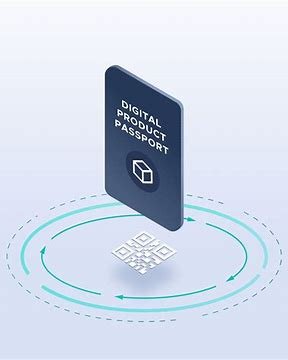Passports for Clothes ……………. what’s that all about?
Do you know where your clothes actually come from and are you interested to find out just how many miles that dress, top or pair of jeans have traveled?
Do you want to know more information from the brands you purchase from so you can understand the impact of your purchases and then make better informed decisions going forwards?
Welcome to Digital Product Passports (DPP for short!) a digital tool for collecting and sharing detailed product data throughout a products lifecycle, from production to disposal. It provides accessible information on a product’s durability, sustainability, and recyclability for consumers and manufacturers. For instance, a QR code on a t-shirt can be scanned to reveal its materials, origin, impact, and proper disposal methods.
The primary goals of a DPP include:
1. Enhanced Transparency: Consumers can easily access product origins and disposal methods. Machine-readable DPPs ensure informed purchases and help brands avoid greenwashing. As well as helping Consumers understand the impact of their purchase.
2. Simplified Compliance: DPPs create an audit trail of a product's lifecycle, providing essential data for meeting compliance requirements efficiently.
3. Sustainable Production: By tracking a product's social and environmental impacts, brands can make informed decisions to build in sustainability throughout their product development.
4. Circular Economy: DPPs support a circular economy by promoting eco-design and responsible production of durable products that can be reused, remanufactured, and correctly disposed of.
5. Communication – DPP’s can open up new lines of communication with consumers – whether that consumer be the first owner of that product or one of many in a line of owners. The retailer can add information in the form of wash care instructions, links to product repair and to digital images for resale keeping the brands identify and brand images at the front of mind and therefore maintaining the Consumer/ Brand relationship long after the initial purchase has been made.
The great news is you may have already seen QR codes starting to appear on your clothes and this will become more frequent as we approach the mandatory deadline in 2026 as part of the European Green Deal. (EGD). We can all be better informed and have increased confidence in not only our purchasing decisions but also how we care for the products we have.

